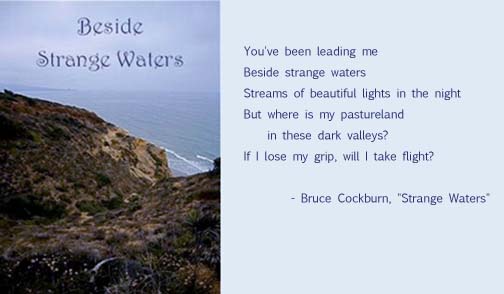In the 1800s, Percy Bysshe Shelley found inspiration for his famous poem, “The Indian Serenade,” in Middle Eastern poetry. There was actually a movement or school of poetry known as the English Orientalists, whose work Shelley greatly admired.
The Turkish Patrol, Alexandre-Gabriel Decamps (French)
https://www.metmuseum.org/art/collection/search/436116
To Europeans, the Middle East was a mysterious place. Until Napoleon’s army occupied Egypt in 1801, not many Europeans had actually been to the Middle East (Meagher). Even after 1801, many creatives were inspired, not by real-life visits to this exotic destination, but by artwork and descriptions provided by others. (Meagher).
Perhaps unsurprisingly, the artwork created by the Orientalists was biased in favor of European culture and against Middle Eastern peoples and their cultures. In fact, it was so biased that today, some have defined Orientalism as a form of racism:
"Orientalism” is a way of seeing that imagines, emphasizes, exaggerates and distorts differences of Arab peoples and cultures as compared to that of Europe and the U.S. It often involves seeing Arab culture as exotic, backward, uncivilized, and at times dangerous (Arab American National Museum).
Given that some artists deliberately created “propaganda in support of French imperialism, depicting the East as a place of backwardness, lawlessness, or barbarism enlightened and tamed by French rule” (Meagher), it’s not surprising that there were exaggerations and distortions; nor is it surprising that many Europeans readily accepted this interpretation of Middle Eastern culture. It fit handily into their preconceived notions, reinforced their Eurocentric world view and justified the exploitation of those nations.
Nevertheless, many British Orientalists studied Middle Eastern culture with a more open mind, and genuinely admired the literature and artwork of these exciting foreign places.
Works Cited
Meagher, Jennifer. “Orientalism in Nineteenth-Century Art.” In Heilbrunn Timeline of Art History. New York: The Metropolitan Museum of Art, 2000–. http://www.metmuseum.org/toah/hd/euor/hd_euor.htm (October 2004).
Arab American National Museum. “What Is Orientalism?” What Is Orientalism? | Reclaiming Identity: Dismantling Arab Stereotypes, Arab American National Museum, 2011, arabstereotypes.org/why-stereotypes/what-orientalism.


